Pathway: Festival Feasts
Pathway for Years 3 & 4
Disciplines:
Sculpture, Painting, Drawing, Collage, Sketchbooks
Key Concepts:
-
That we can respond to a creative stimulus through lots of different media (paper, pen, paint, modelling materials and fabric) to work towards drawing, painting, collage, and sculpture.
-
That we can use our knowledge and curiosity of line, shape, colour and form to make playful and inventive art.
-
That we can make an individual artwork which contributes to a larger shared piece, or we can work on a shared artwork.
-
That making art can be fun and joyful, and that we can find subject matter which inspires us all and brings us together.
In this pathway children are enabled to begin to recognise that their individual creative response will be different to that of their peers, but that it is valued and can contribute to a larger shared artwork.
As children progress through the school, they are enabled to use and further develop the knowledge and skills learnt so far, and bring their personal likes, dislikes and experience to a project, working towards being confident creative decision makers.
The pathway begins with an exploration of artists who make sculptures of food, working at unexpected scales, working in a sketchbook to make visual notes to consolidate their experience.
Children then further develop drawing skills by drawing from still imagery and from life, and then teachers choose from two projects, one using dry materials (paper, card, pen, paint) to make a “corner shop”, or using modroc and other modelling and construction materials to make a shared sculptural feast.
Finally, if you have time, invite pupils to make a shared picnic drawing, before making time to present the work, reflect and share.
Medium:
Paper/Card, Drawing Materials, Modelling Materials (incl. Modroc)
Artists: Claes Oldenberg, Lucia Hierro, Nicole Dyer
If you use this resource in your setting, please tag us on social media: #InspiredBy @accessart (facebook, twitter) @accessart.org.uk (instagram) and share the url. Thank you!

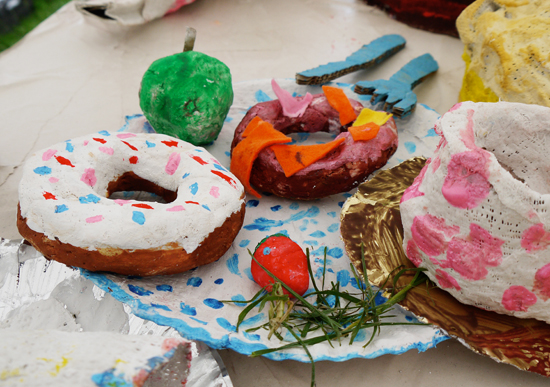
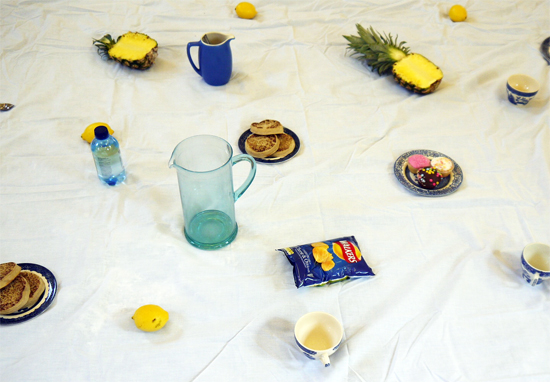


Teaching Notes
Find the MTP for this pathway here.
See the recording of the Zoom CPD session Exploring Modroc.
Curriculum Links
History: Look at the food grown during the time of your chosen civilisation topic e.g. Iron Age farming.
Science: Soil, room to grow, nutrition, food groups, environmental changes.
PSHE: Supports Responsibility to the planet, Collaboration, Peer Discussion. Look at foods from different religious ceremonies.
I Can…
-
I have explored the work of artists who are inspired by food and I can share my responses with the class.
-
I can use my sketchbook to record and reflect how the artist’s work makes me feel.
-
I can use my sketchbook to draw food using a variety of media, drawing from still images and from life, exploring how I can use line, shape, and colour to capture the texture and form of the food.
-
I can make a sculpture of food, understanding that by working in 3d my sculpture will be seen from different viewpoints.
-
I can explore and experiment using “Design through Making”, and I can discover how I can transform and construct with different materials to make my sculpture.
-
I have seen how my own sculpture can form part of a larger artwork, and how we can all find inspiration in each others’ ideas.
-
I can explore drawing on different surfaces such as fabric, understanding how the drawing materials act differently to when they are used on paper.
-
I can present my work as part of a larger artwork, and I can share my response to my own work and also to the work of my peers.
Time
This pathway takes 6 weeks, with an hour per week. Shorten or lengthen the suggested pathway according to time and experience. Follow the stages in green for a shorter pathway or less complex journey.
Materials
Soft B pencils, coloured pencils, oil/chalk pastels, water colour, graphite sticks, still life arrangement of food
Option 1: Paint Your Corner Shop – Acrylic or poster paint, pencils, handwriting pens, cartridge paper, sellotape, PVA glue, scissors.
Option 2: Feast from Modroc Construction Materials (see list here )
See This Pathway Used In Schools
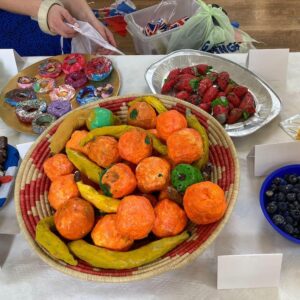
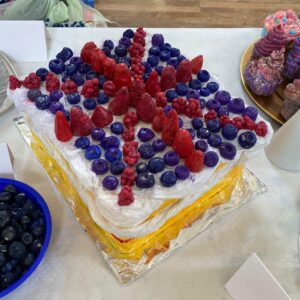
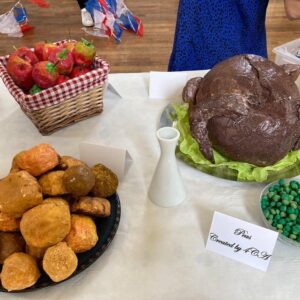
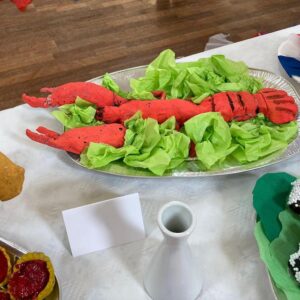
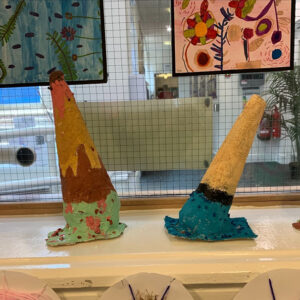
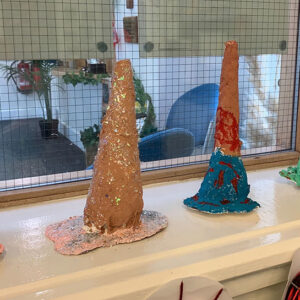
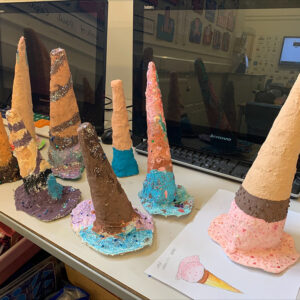
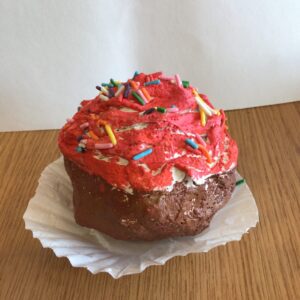

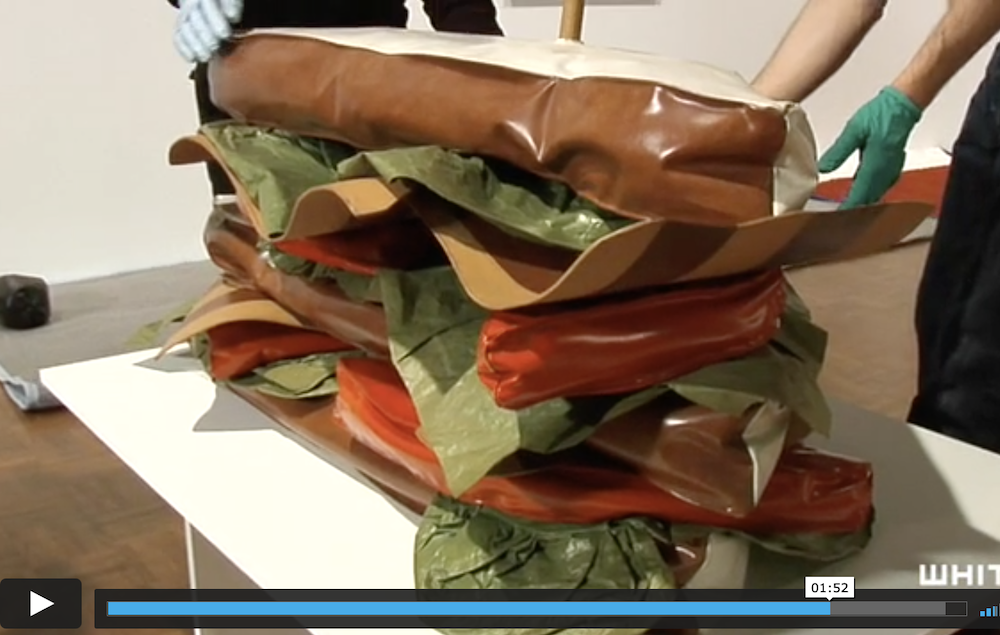
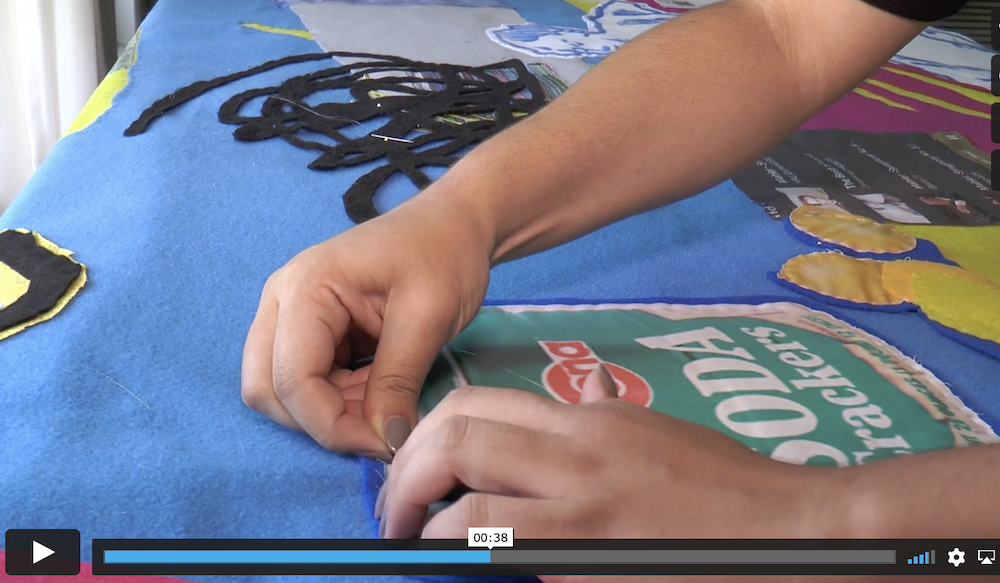
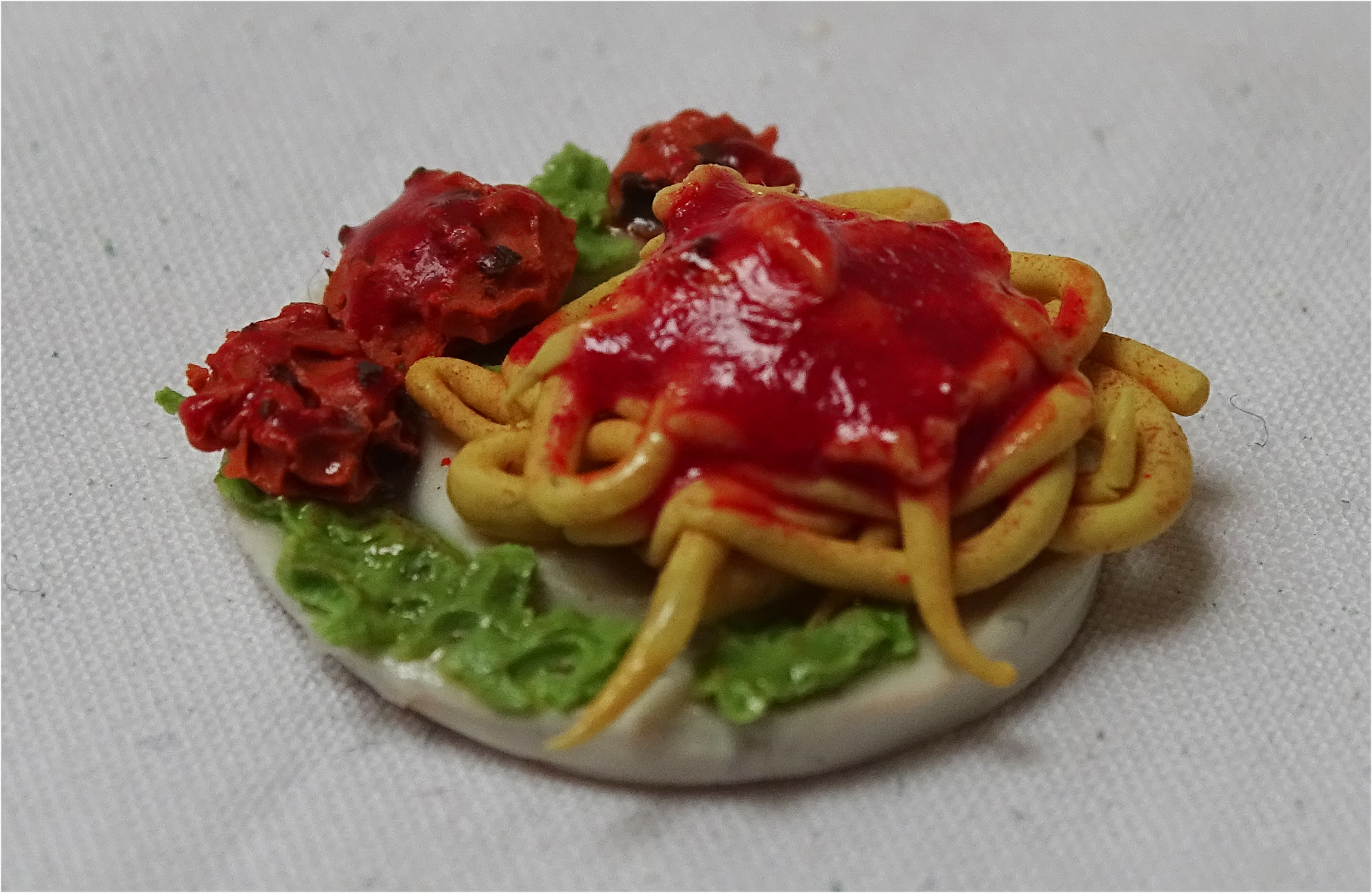
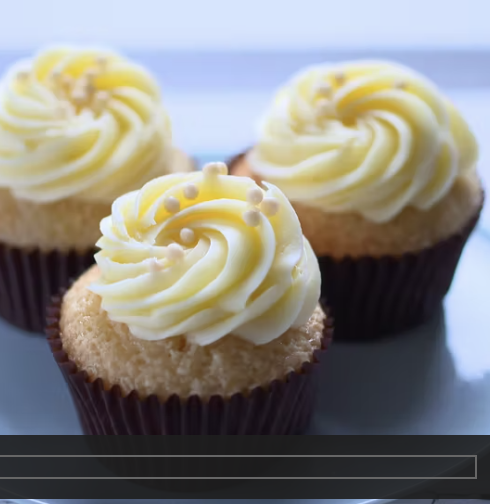

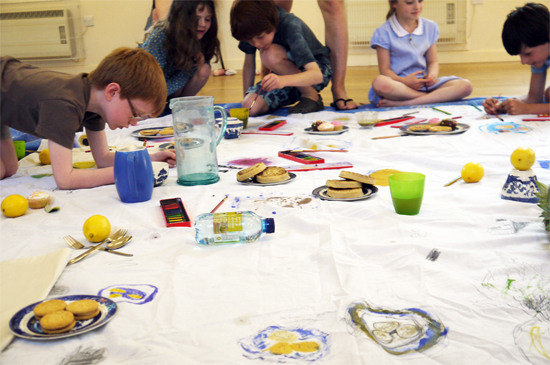
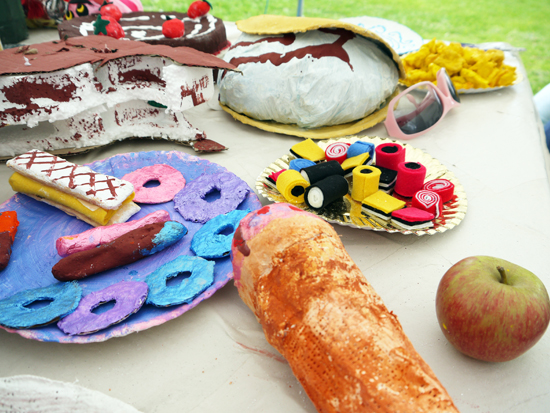
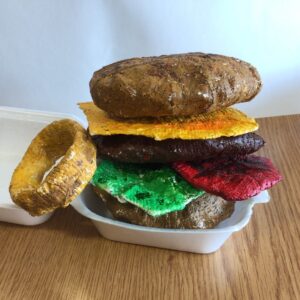
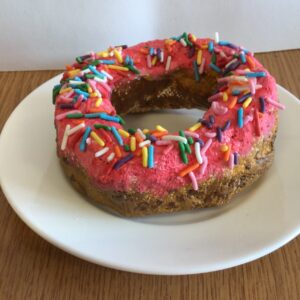
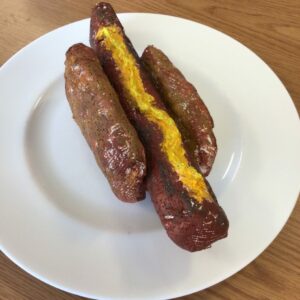
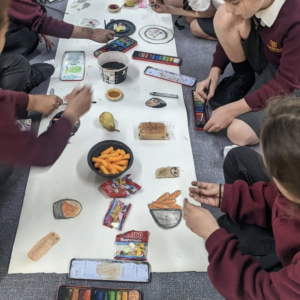
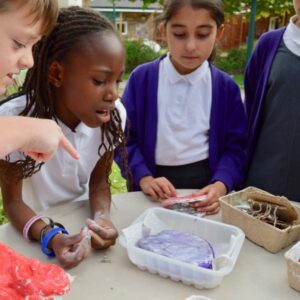
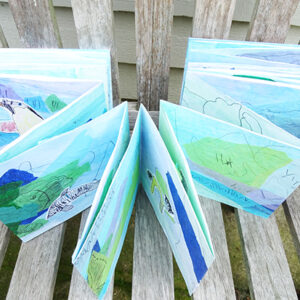
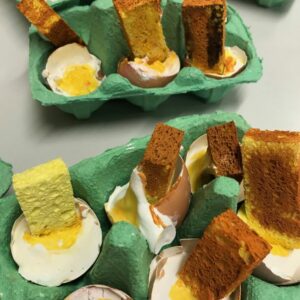
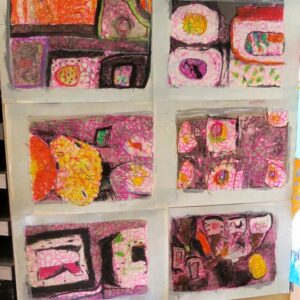
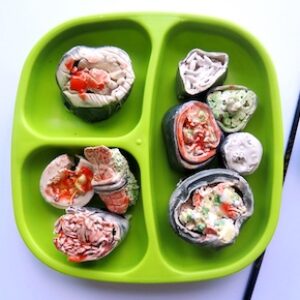
Jo W
March 21, 2023 @ 4:21 pm
Hiya, This looks great. How long/how many sessions is ‘a week’? Thanks
Rachel
March 27, 2023 @ 1:02 pm
Hi Jo, all our pathways in the full curriculum are structured based on the assumption that art is a weekly lesson lasting approx 1 hour, and with each pathway lasting a half term. There is of course flexibility here depending on your timetable and there may be elements of the pathway you choose to focus on in more detail. However you structure it, we would recommend leaving time for exploration as well as time at the end for reflection. Many thanks!